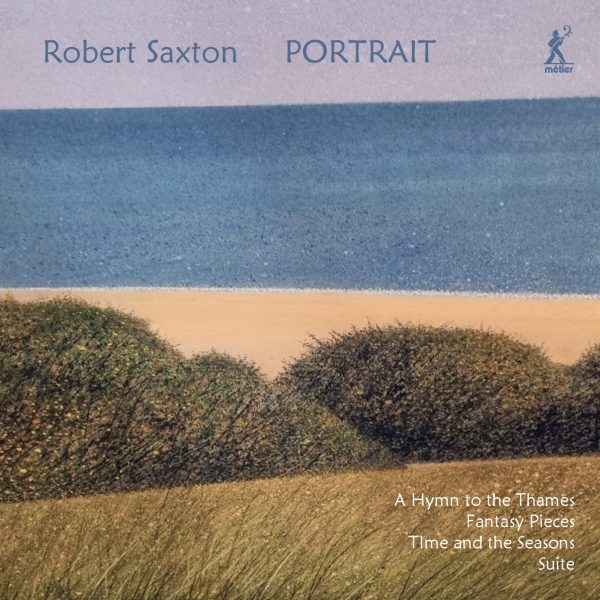Infodad
This CD includes both vocal and instrumental material. Time and the Seasons is a seven-song cycle for baritone and piano that uses Saxton’s own texts and tries to combine the notion of cyclicality (inherent in examining seasonal change) with that of progression (since the next time a particular season occurs, it is a different year). The words tend to be over-earnest in the cycle, and delivered in a not-quite-singing style that will be instantly recognizable to anyone who has heard contemporary classical vocals. The piano contribution is often significant for scene-setting, if not for expansion or elucidation of the emotions evoked by the texts – indeed, in portions of Time and the Seasons, it is the piano rather than the voice that dominates, making for an unusual structure of parts of the cycle. This is not enough, though, to result in a truly effective combinatorial attempt: the words, in particular, want to be more important than they are.
Saxton comes across better in his instrumental works, at least those on this disc. A Hymn to the Thames is moody, expressive, evocative both of the river and of its surroundings, and contains some especially well-thought-out woodwind parts; this is the most-involving piece on the disc.
Fantasy Pieces is a set of six movements for violin, cello and piano, and although it is well-crafted and does a good job of balancing the three instruments while allowing each some leadership time, it is more a grouping of character pieces (of varying effectiveness) than a fully coherent single work. This may be by design: Saxton’s work was inspired by Schumann’s 1842 set of fantasy pieces for piano trio. But on its own, Saxton’s piece is musically rather thin. Its most interesting element is the strong contrast between the very slow underlying pace of the fifth piece and the assertive nature of the sixth. There is more coherence to the five-movement Suite for Violin and Piano, whose movements bear titles that do not really reflect their content but whose music explores the capabilities of the two instruments, both singly and together, in a way that gives an overall feeling of unity that respects their inherent differences. This is clearest in the fourth movement, “Bells of Memory,” where low piano passages and high violin notes intermingle to good effect. The one work on the disc that mixes vocal and instrumental material lies firmly within the song-cycle genre, except insofar as it tries to pull the texts along to greater meaning than they inherently possess. But as a whole, the instrumental pieces here make their varying communicative points to better effect.
@divineartrecordingsgroup
A First Inversion Company
Registered Office:
176-178 Pontefract Road, Cudworth, Barnsley S72 8BE
+44 1226 596703
Fort Worth, TX 76110
+1.682.233.4978












